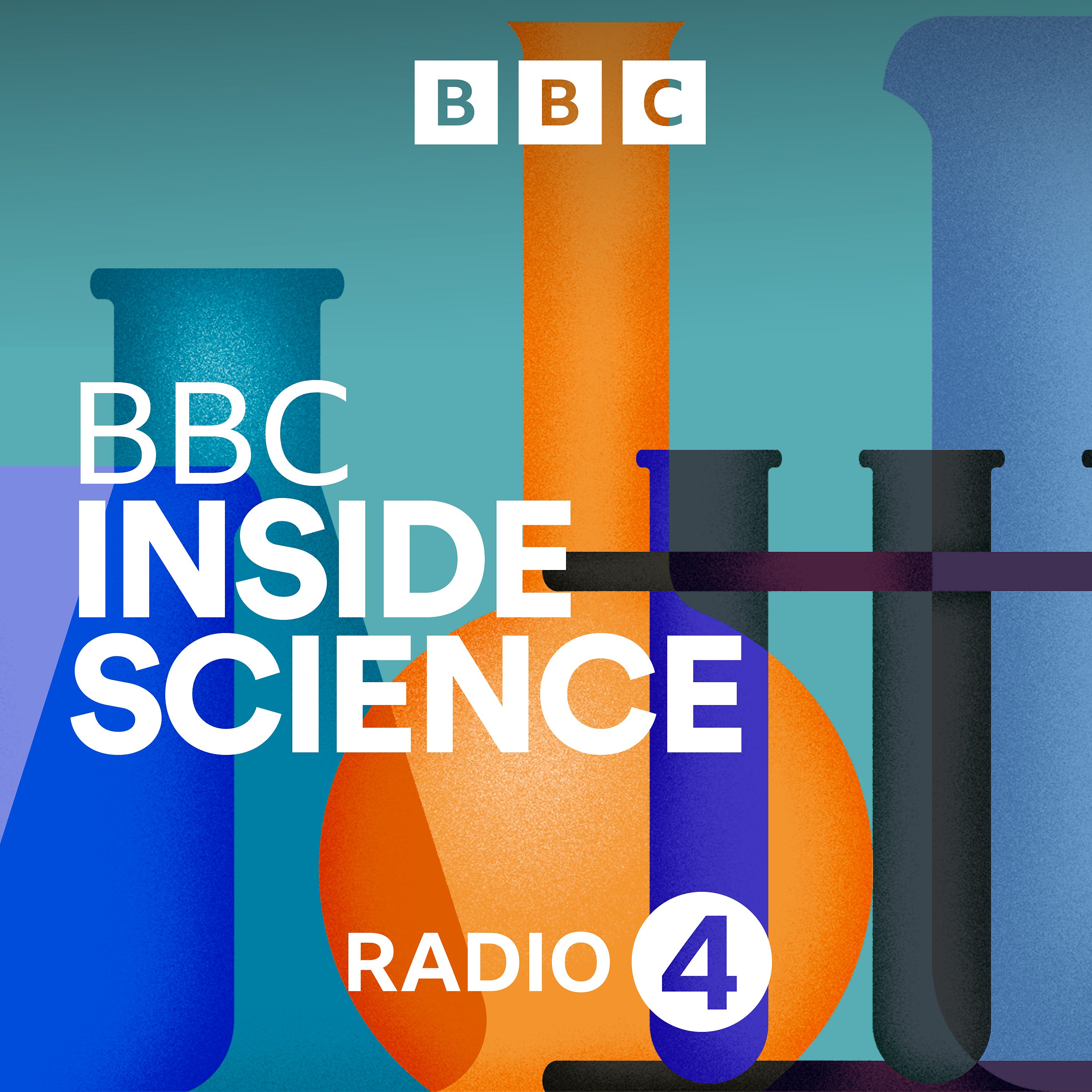The 100,000 Genome Project, Stem cell doping, Nuclear waste, Dinosaur sex

b"
The 100,000 Genome Project aims to sequence the DNA of 100,000 patients. One of those patients is four-year-old Georgia Walburn-Green. Her symptoms did not fit into any known disease category. Prof Maria Bitner-Glindzicz at University College London used early results from the 100,000 Genome project to diagnose Georgia's condition.
Roland Pease reports on helping stem cells survive using a kind of 'blood paint'. By dipping the cells in myoglobin, researchers at Bristol University have found a way to improve both the vigour and survival of stem cells.
The expanding nuclear programme in the UK will continue to produce nuclear waste - in lower volumes than previously produced, but we already have a large stockpile that has already been produced over the last 50 years. Countries around the world are facing a similar challenge: What do we do with the waste? Dame Sue Ion, engineer and expert advisor to the nuclear industry, discusses common practices and alternative approaches to nuclear waste disposal.
Many dinosaurs had big, iconic features like frills, plates, horns and spines that may have been tools or weapons, but Dr David Hone's (Queen Mary University of London) research on the small, herbivorous dinosaur Protoceratops andrewsi reveals that they may also serve another purpose in the dinosaur society: sexual selection. Could these features be what attracts one dinosaur to another?
Producer: Deborah Cohen and Jen Whyntie\\nAssistant Producer: Julia Lorke.
"